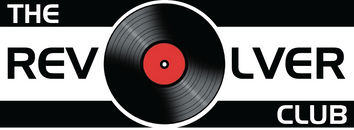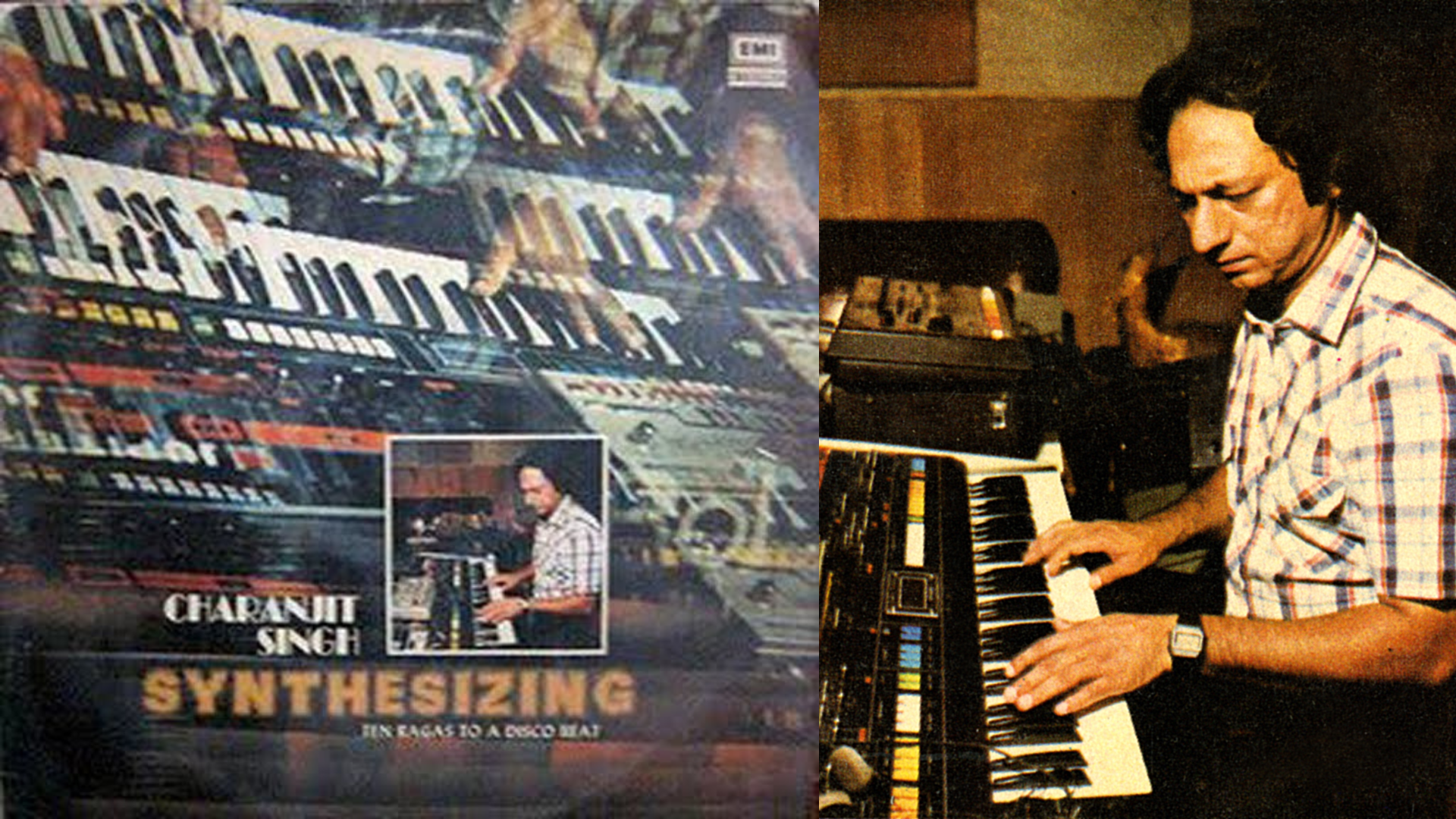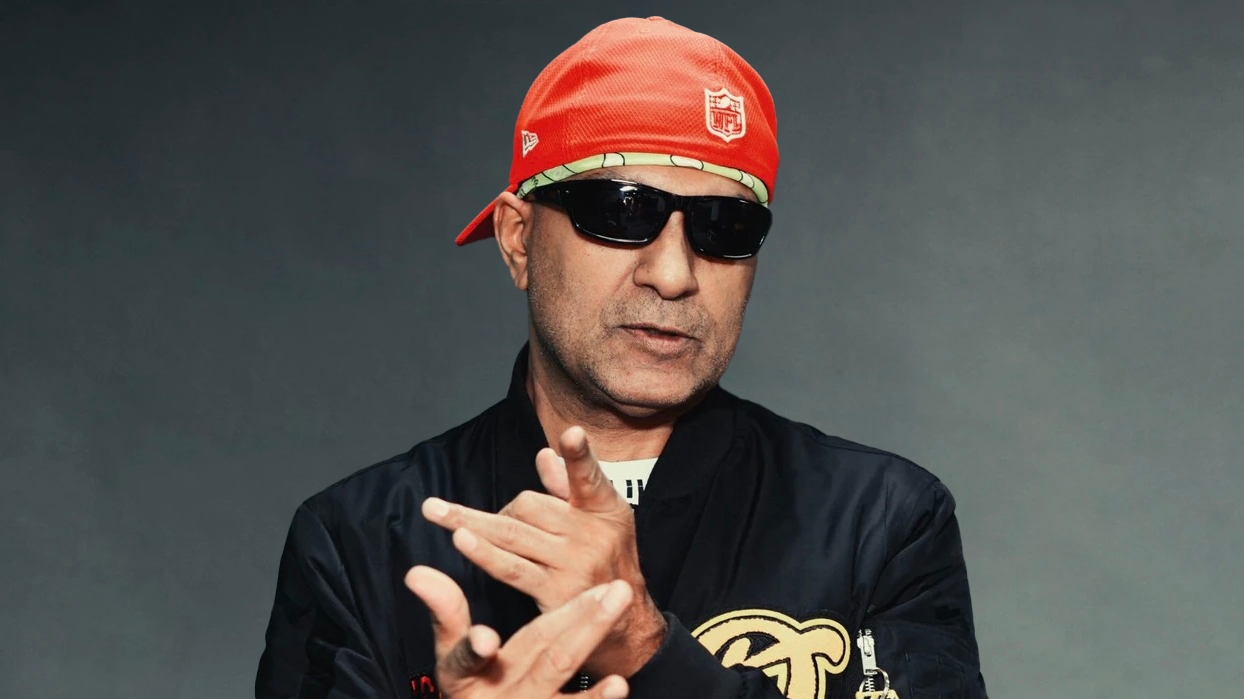Why Vinyl Records Are Popular Today?

A glimpse into the trends of the market of vinyl records: from inception to the resurgence
While the origins of music are highly contentious, its presence & development are found often corresponding with the origins of language. Every culture around the world partakes in it where something so ephemeral holds such a vital part of the cultural identity.
Music is powerful in a way that it can profoundly alter how one views the world & one’s place in it.
Depending on the context - where it is being performed, who is performing it, how it is performed, how & where it is recorded, how one is listening to it, etc. - can not only change how a person perceives music but it can often take on an entirely new meaning.
The earliest known recordings, made by a French gentleman named Léon Scott in 1857, were just sound waves recorded as tracings on sheets of paper using a phonautograph.
They were made purely for visual analysis without any intent of playing them back until reproduced in 2008.

A few decades later in 1877, Thomas Edison came out with a phonograph that could record as well as reproduce the sounds recorded on a wax cylinder.
In the 1890s, Emile Berliner initiated the transition from phonograph cylinders to flat discs, the real forerunner of the modern vinyl record, coining the term gramophone for disc record players.
Eventually, Emile Berliner & Eldridge R. Johnson founded the Victor Talking Machine Company in 1901 that widely popularized the use of 10 & 12-inch records alongside 7-inch ones that could be played for about four minutes.
Over the next six decades, vinyl records & players got improved and standardized, with the 33 & 45 RPM records supplanting most other formats in the post-WWII years.

By the 1970s the record playing technology got refined to a point that little has changed since then. Cassette tapes came and went.
CDs came and are going and iPods & MP3 players are getting replaced by mobile phones where one can simply tap on them and pull up a song within seconds from a plethora of streaming services.

In 2020, due to the pandemic as music fans were unable to attend live gigs, sales of vinyl records went up almost 10% than the previous year, outselling CDs for the first time since the 1980s. Contributing a staggering $232 million (£181 million) to total physical sales of $376 million (£278 million) in the first half of 2020, according to the Recording Industry Association of America (RIAA).

Though, vinyl still represents an infinitesimal slice of the $16 billion global recording market. Yet the numbers - and observations from industry insiders - suggest that the popularity of vinyl records will probably continue to grow, bolstering a meaningful and lasting presence in several music lovers’ lives.

The usual stereotype attached with vinyl buyers being middle-aged audiophile smugs browsing through dusty boxes in crammed, tiny shops. But there are many millennials, not just the hipster kind, that are embracing the sound of vinyl further driving up the sales.
The act of collecting physical objects, the tangibility as well as engaging with the artwork while browsing through the liner notes certainly allows for a greater emotional connection with the music one loves.
Moreover, owning a limited or special edition can be a mark of individuality for some that doubles down on the closeness one can feel to an album or artist. Besides, one can’t display the streaming history like a trophy.
In any case, there is certainly a romanticism attached to vinyl records and it’s something that today’s digital files just can’t compete with.

The format allows one to slow down, with a vinyl record one has to remove it from the sleeve, open the top of the record player, place the vinyl disc carefully and set the stylus, then switch it all on and wait as that warm crackle prefaces that rare experience: music as the activity, not as the backdrop.

Golden-eared audiophiles have long testified to vinyl's warmer, richer sound & the reason they state for vinyl's sonic superiority over digital is that audio on vinyl can't be compressed to extremes, records generally offer a more nuanced sound.
Vinyl tends to present the widest range of frequencies due to its analogue-to-analogue production process. When compared to digital, no matter how high a sampling rate is, it can never contain all of the data present in an analogue groove.

Again, there’s a close-knit vinyl community made up of audiophiles, DJs, collectors, and turntablists that takes well-deserved pride in its resilience over the years & have stuck with the format.

As hunger grows for the retro format, new companies are springing up to service the vinyl renaissance.
Companies such as Third Man Records, set up by Jack White in 2010, have pioneered new, exciting and innovative vinyl, such as a triple-decker record (a 12’’ containing a hidden 7’’ inside it), a liquid-filled record, and the first-ever playable etching.

Furthermore, Record Store Day, an annual celebration held in April that originated in 2007 has unquestionably helped in producing a noticeable spike in sales featuring both new and old releases re-pressed in limited editions with added bells & whistles.
Shop New Vinyl Records | Recordwala | Turntable & Stereo | Home Theater Systems
Read more: Three Years of Record Store Day






Comments